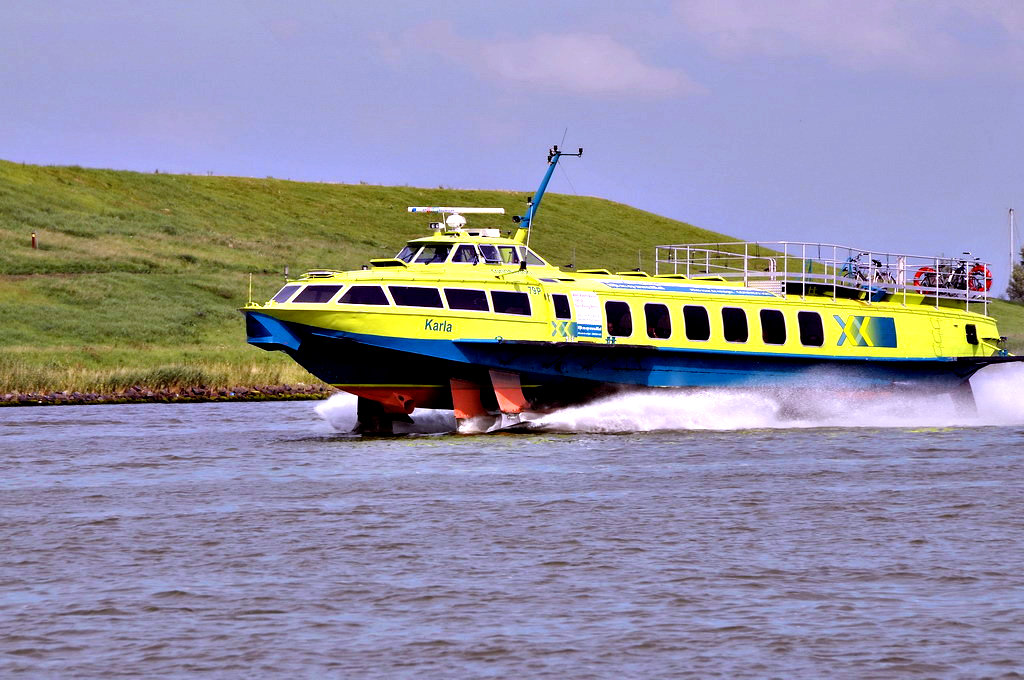
Five brothers from France part 2
Five brothers from France. The sinking battleship "Bouvet" in the painting by Diyarbakirilia Tahsin Bey. In the background is the battleship Gaulois.
The history of the ships in the pre-war period was of little interest and mainly consisted of participation in the annual fleet maneuvers and frequent redeployment of ships between forces in the Mediterranean and the Northern Squadron (with bases at Brest and Cherbourg) to act in case of war against Great Britain. Of the five battleships described, two remained in service until the outbreak of the First World War - the Bouvet and the Joregiberri. The rest, discovered by Brennus a little earlier, were withdrawn on April 1, 1914, when it was decided to disarm Massena, Carnot and Charles Martel.
Service records of Charles Martel
Charles Martel began testing the gym on May 28, 1895, when the boilers were first fired, although the commissioning commission had already begun work in February of that year. The first tethered tests were carried out at the end of September. They lasted until May next year. May 21 "Charles Martel" first went to sea. For the French fleet, the artillery trials were the most important, since it was the date of their completion that marked the acceptance of the ship into service. Charles Martel was tested first with 47 mm guns, then with 305 mm guns in the bow and stern turrets. Finally, 274 mm and medium artillery were tested. Artillery tests were officially launched on January 10, 1896. They went unsatisfactorily, mainly due to the low rate of fire of 305-mm guns and insufficient ventilation, which made combat service difficult. Meanwhile, the battleship, which had not yet been officially put into service, participated on October 5-15, 1896 in Cherbourg in a naval revue as part of Tsar Nicholas II.
During tests near Brest at the end of the year, the battleship crashed, ran aground on December 21. There was no leak in the hull, but the ship needed a visual inspection and mooring. I ended up with a few dents. On 5 March the following year, Charles Martel hit his nose on the rocks due to steering failure. The bent beak was repaired in Toulon in early May.
In the end, on August 2, 1897, Charles Martel was put into service, albeit with some artillery reservations, and became part of the Mediterranean squadron, more precisely the 3rd squadron, along with the battleships Marceau and Neptune. Charles Martel became the flagship and in this role replaced the battleship Magenta, which had just been sent back for repairs and major modernization.
During the artillery exercises, attention was drawn to the incorrect operation of the hydraulic feeders of the 305-mm guns. Hand guns were loaded in less than 3 minutes. At the same time, the hydraulic equipment performed the same task for more than 40 seconds longer. Another problem was the powder gases formed after the shot, which accumulated in the artillery towers. When moored in Toulon, a strong wind broke the tip (later it was replaced with a shorter one).
Between April 14 and 16, 1898, the President of the Republic, F. F. Faure, traveled aboard the Martel. In addition, the battleship took part in training campaigns both separately and as part of the entire squadron. In the period from October 11 to December 21, 1899, the ships of the squadron sailed to the ports of the Levant, calling at Greek, Turkish and Egyptian ports.
Charles Martel went down in history as the first battleship torpedoed (of course, as part of the exercises) by a submarine. The incident took place on July 3, 1901, during the maneuvers at Ajaccio in Corsica. Martell was attacked by the brand new submarine Gustave Zédé (in service since 1900). The effectiveness of the attack was proved by the damaged warhead of the training torpedo. Joregiberri nearly rammed Gustave Sede, who was next in line for the battleship. The attack was widely reported in the French and foreign press, mainly in the British.

